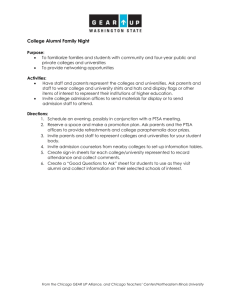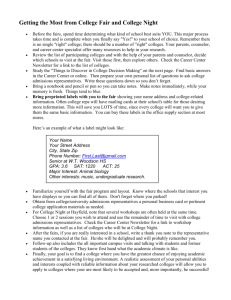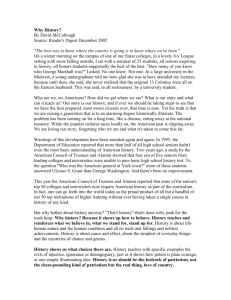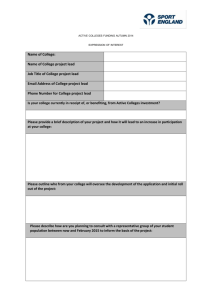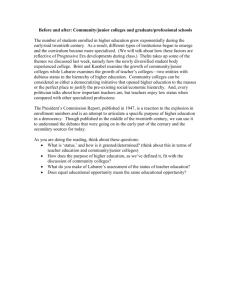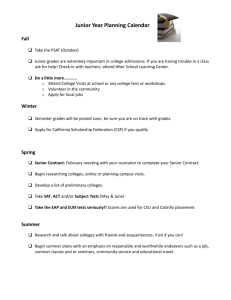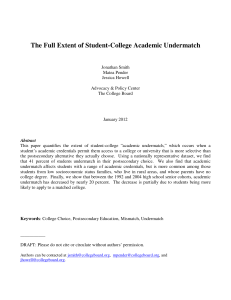What This Year`s College Results Mean to Next Year`s Seniors
advertisement
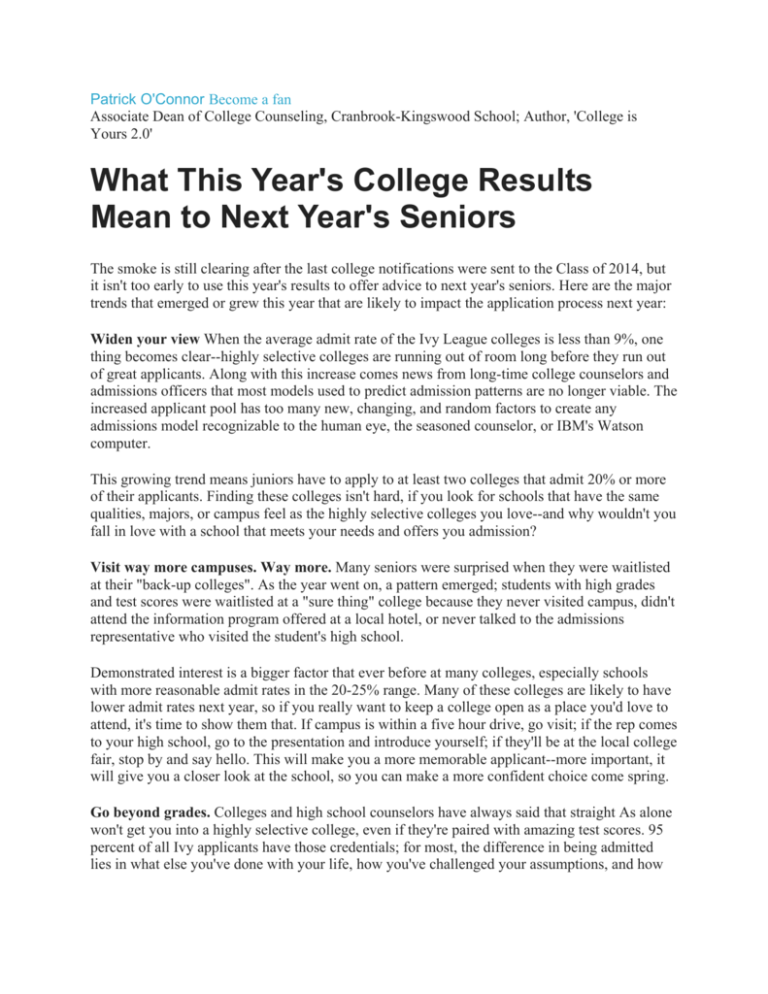
Patrick O'Connor Become a fan Associate Dean of College Counseling, Cranbrook-Kingswood School; Author, 'College is Yours 2.0' What This Year's College Results Mean to Next Year's Seniors The smoke is still clearing after the last college notifications were sent to the Class of 2014, but it isn't too early to use this year's results to offer advice to next year's seniors. Here are the major trends that emerged or grew this year that are likely to impact the application process next year: Widen your view When the average admit rate of the Ivy League colleges is less than 9%, one thing becomes clear--highly selective colleges are running out of room long before they run out of great applicants. Along with this increase comes news from long-time college counselors and admissions officers that most models used to predict admission patterns are no longer viable. The increased applicant pool has too many new, changing, and random factors to create any admissions model recognizable to the human eye, the seasoned counselor, or IBM's Watson computer. This growing trend means juniors have to apply to at least two colleges that admit 20% or more of their applicants. Finding these colleges isn't hard, if you look for schools that have the same qualities, majors, or campus feel as the highly selective colleges you love--and why wouldn't you fall in love with a school that meets your needs and offers you admission? Visit way more campuses. Way more. Many seniors were surprised when they were waitlisted at their "back-up colleges". As the year went on, a pattern emerged; students with high grades and test scores were waitlisted at a "sure thing" college because they never visited campus, didn't attend the information program offered at a local hotel, or never talked to the admissions representative who visited the student's high school. Demonstrated interest is a bigger factor that ever before at many colleges, especially schools with more reasonable admit rates in the 20-25% range. Many of these colleges are likely to have lower admit rates next year, so if you really want to keep a college open as a place you'd love to attend, it's time to show them that. If campus is within a five hour drive, go visit; if the rep comes to your high school, go to the presentation and introduce yourself; if they'll be at the local college fair, stop by and say hello. This will make you a more memorable applicant--more important, it will give you a closer look at the school, so you can make a more confident choice come spring. Go beyond grades. Colleges and high school counselors have always said that straight As alone won't get you into a highly selective college, even if they're paired with amazing test scores. 95 percent of all Ivy applicants have those credentials; for most, the difference in being admitted lies in what else you've done with your life, how you've challenged your assumptions, and how you've interacted with the larger world. Studying is still the most important thing, but it has never--ever--- been the only thing. That's even more true now. Consider applying early. More colleges are taking more students through early application programs. Since fewer students apply early, that means a strong applicant's chances of admission are better if their application and test scores are ready to go in October, not January. Early decision deadlines make students promise to come if they're admitted, so think about ED programs carefully. Most other early programs just want your completed application sooner, and advanced planning can get you there. Take your tests this spring, ask teachers in June to write letters for the fall, and work on your essays in August. The rest will fall together naturally.

